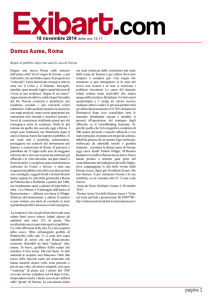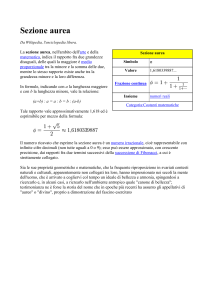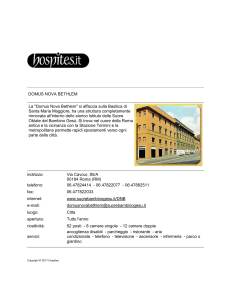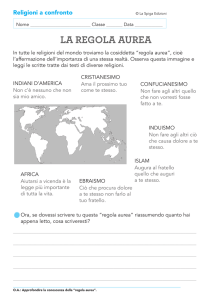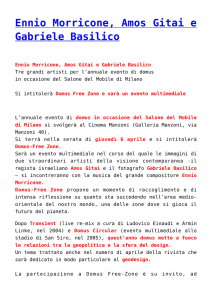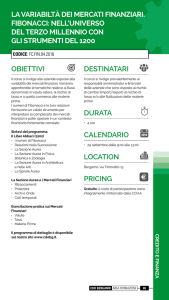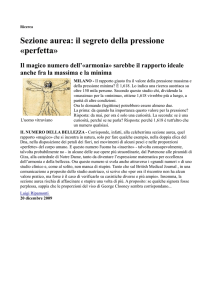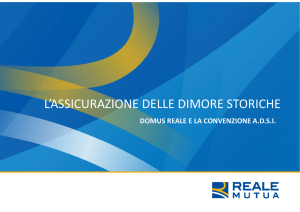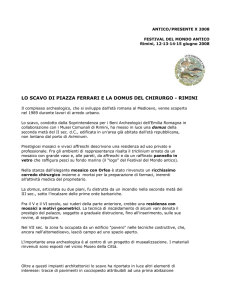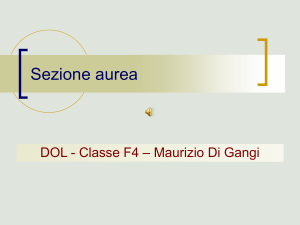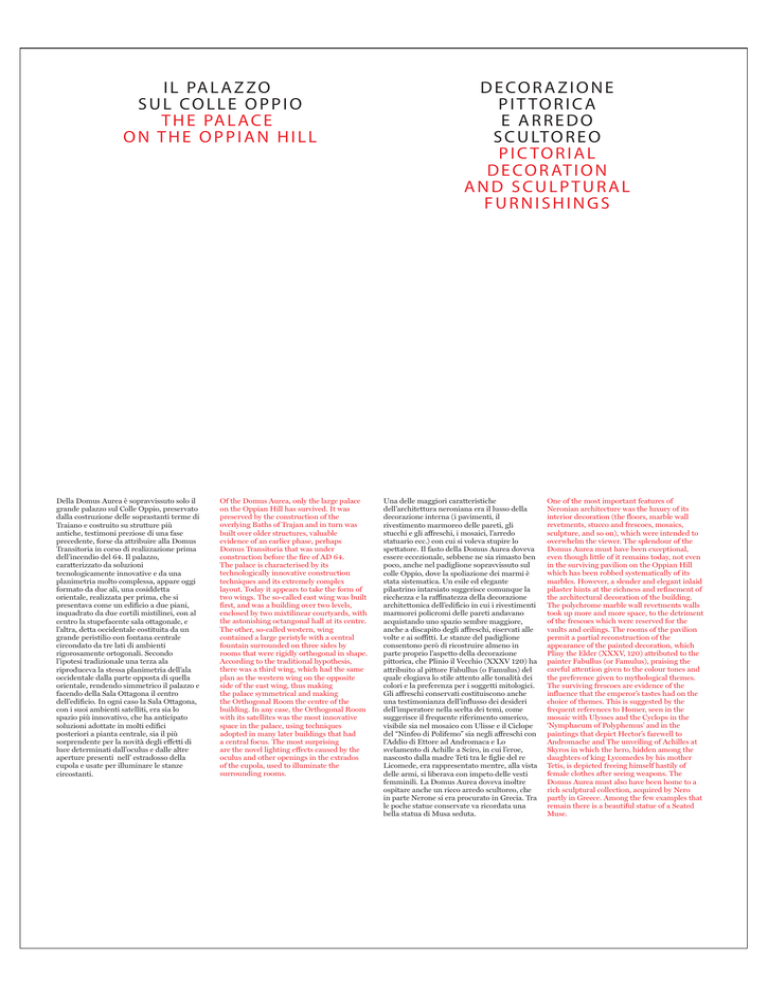
I L PA L A Z ZO
S U L CO L L E O P P I O
T H E PA L A C E
ON THE OPPIAN HILL
Della Domus Aurea è sopravvissuto solo il
grande palazzo sul Colle Oppio, preservato
dalla costruzione delle soprastanti terme di
Traiano e costruito su strutture più
antiche, testimoni preziose di una fase
precedente, forse da attribuire alla Domus
Transitoria in corso di realizzazione prima
dell’incendio del 64. Il palazzo,
caratterizzato da soluzioni
tecnologicamente innovative e da una
planimetria molto complessa, appare oggi
formato da due ali, una cosiddetta
orientale, realizzata per prima, che si
presentava come un edificio a due piani,
inquadrato da due cortili mistilinei, con al
centro la stupefacente sala ottagonale, e
l’altra, detta occidentale costituita da un
grande peristilio con fontana centrale
circondato da tre lati di ambienti
rigorosamente ortogonali. Secondo
l’ipotesi tradizionale una terza ala
riproduceva la stessa planimetria dell’ala
occidentale dalla parte opposta di quella
orientale, rendendo simmetrico il palazzo e
facendo della Sala Ottagona il centro
dell’edificio. In ogni caso la Sala Ottagona,
con i suoi ambienti satelliti, era sia lo
spazio più innovativo, che ha anticipato
soluzioni adottate in molti edifici
posteriori a pianta centrale, sia il più
sorprendente per la novità degli effetti di
luce determinati dall’oculus e dalle altre
aperture presenti nell’ estradosso della
cupola e usate per illuminare le stanze
circostanti.
Of the Domus Aurea, only the large palace
on the Oppian Hill has survived. It was
preserved by the construction of the
overlying Baths of Trajan and in turn was
built over older structures, valuable
evidence of an earlier phase, perhaps
Domus Transitoria that was under
construction before the fire of AD 64.
The palace is characterised by its
technologically innovative construction
techniques and its extremely complex
layout. Today it appears to take the form of
two wings. The so-called east wing was built
first, and was a building over two levels,
enclosed by two mixtilinear courtyards, with
the astonishing octangonal hall at its centre.
The other, so-called western, wing
contained a large peristyle with a central
fountain surrounded on three sides by
rooms that were rigidly orthogonal in shape.
According to the traditional hypothesis,
there was a third wing, which had the same
plan as the western wing on the opposite
side of the east wing, thus making
the palace symmetrical and making
the Orthogonal Room the centre of the
building. In any case, the Orthogonal Room
with its satellites was the most innovative
space in the palace, using techniques
adopted in many later buildings that had
a central focus. The most surprising
are the novel lighting effects caused by the
oculus and other openings in the extrados
of the cupola, used to illuminate the
surrounding rooms.
D E CO R A Z I O N E
P I T TO R I C A
E ARREDO
S C U LTO R E O
P I C TO R I A L
D E CO R AT I O N
AND SCULPTURAL
FURNISHINGS
Una delle maggiori caratteristiche
dell’architettura neroniana era il lusso della
decorazione interna (i pavimenti, il
rivestimento marmoreo delle pareti, gli
stucchi e gli affreschi, i mosaici, l’arredo
statuario ecc.) con cui si voleva stupire lo
spettatore. Il fasto della Domus Aurea doveva
essere eccezionale, sebbene ne sia rimasto ben
poco, anche nel padiglione sopravvissuto sul
colle Oppio, dove la spoliazione dei marmi è
stata sistematica. Un esile ed elegante
pilastrino intarsiato suggerisce comunque la
ricchezza e la raffinatezza della decorazione
architettonica dell’edificio in cui i rivestimenti
marmorei policromi delle pareti andavano
acquistando uno spazio sembre maggiore,
anche a discapito degli affreschi, riservati alle
volte e ai soffitti. Le stanze del padiglione
consentono però di ricostruire almeno in
parte proprio l’aspetto della decorazione
pittorica, che Plinio il Vecchio (XXXV 120) ha
attribuito al pittore Fabullus (o Famulus) del
quale elogiava lo stile attento alle tonalità dei
colori e la preferenza per i soggetti mitologici.
Gli affreschi conservati costituiscono anche
una testimonianza dell’influsso dei desideri
dell’imperatore nella scelta dei temi, come
suggerisce il frequente riferimento omerico,
visibile sia nel mosaico con Ulisse e il Ciclope
del “Ninfeo di Polifemo” sia negli affreschi con
l’Addio di Ettore ad Andromaca e Lo
svelamento di Achille a Sciro, in cui l’eroe,
nascosto dalla madre Teti tra le figlie del re
Licomede, era rappresentato mentre, alla vista
delle armi, si liberava con impeto delle vesti
femminili. La Domus Aurea doveva inoltre
ospitare anche un ricco arredo scultoreo, che
in parte Nerone si era procurato in Grecia. Tra
le poche statue conservate va ricordata una
bella statua di Musa seduta.
One of the most important features of
Neronian architecture was the luxury of its
interior decoration (the floors, marble wall
revetments, stucco and frescoes, mosaics,
sculpture, and so on), which were intended to
overwhelm the viewer. The splendour of the
Domus Aurea must have been exceptional,
even though little of it remains today, not even
in the surviving pavilion on the Oppian Hill
which has been robbed systematically of its
marbles. However, a slender and elegant inlaid
pilaster hints at the richness and refinement of
the architectural decoration of the building.
The polychrome marble wall revetments walls
took up more and more space, to the detriment
of the frescoes which were reserved for the
vaults and ceilings. The rooms of the pavilion
permit a partial reconstruction of the
appearance of the painted decoration, which
Pliny the Elder (XXXV, 120) attributed to the
painter Fabullus (or Famulus), praising the
careful attention given to the colour tones and
the preference given to mythological themes.
The surviving frescoes are evidence of the
influence that the emperor’s tastes had on the
choice of themes. This is suggested by the
frequent references to Homer, seen in the
mosaic with Ulysses and the Cyclops in the
‘Nymphaeum of Polyphemus’ and in the
paintings that depict Hector’s farewell to
Andromache and The unveiling of Achilles at
Skyros in which the hero, hidden among the
daughters of king Lycomedes by his mother
Tetis, is depicted freeing himself hastily of
female clothes after seeing weapons. The
Domus Aurea must also have been home to a
rich sculptural collection, acquired by Nero
partly in Greece. Among the few examples that
remain there is a beautiful statue of a Seated
Muse.

